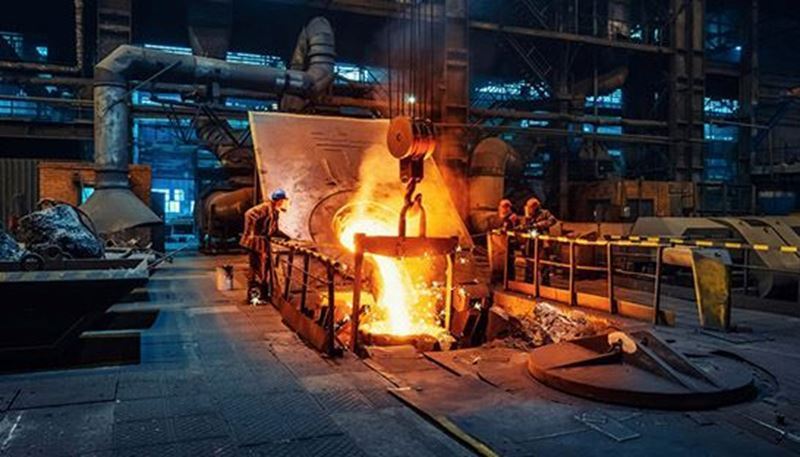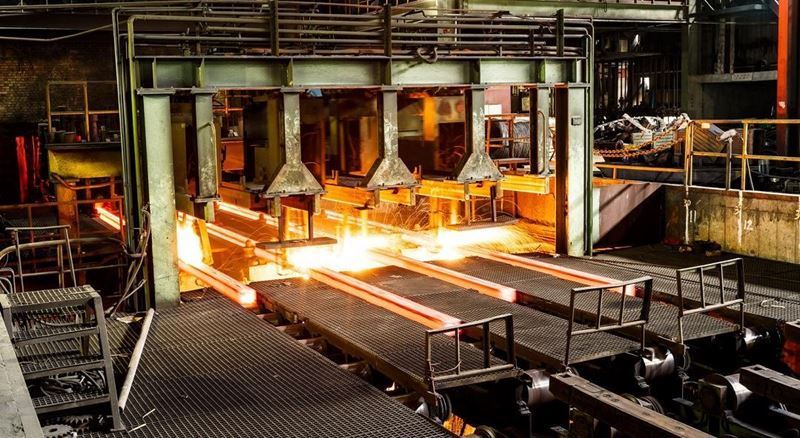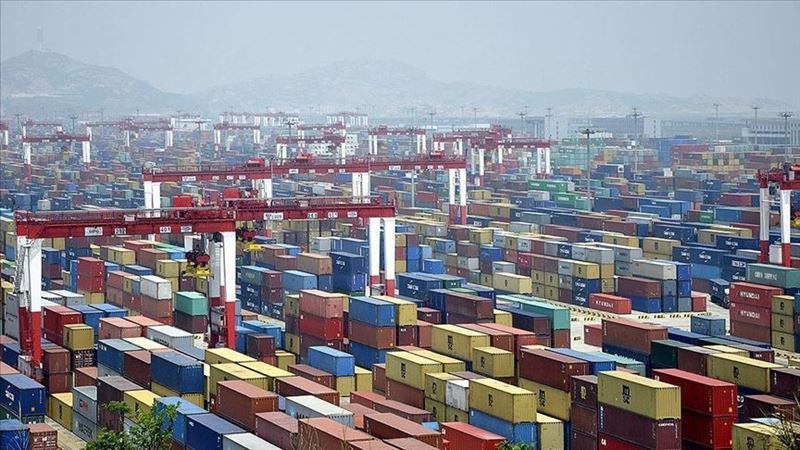China is not only resisting calls to reduce coal use, but it is also redefining it. A Chinese company, through the extensive use of artificial intelligence in its coal mining operations, is now making more profit than most investment banks. Even with the decline in coal prices, this mine achieved a 40% profit margin in 2024. By combining two factors—energy security and profitability—it seems coal will remain a key part of China’s energy mix, even if this decision contradicts climate commitments.
Artificial intelligence is used to precisely guide and extract coal layers, while drones quickly inspect the mines, and robots perform repairs. Additionally, according to a report from the South China Morning Post, "Autonomous machines, guided by underground positioning systems, navigate foggy and dusty tunnels to transport coal to AI-equipped washing plants, where a worker can process 1,100 tons of coal per day."
This profitable revolution in coal extraction techniques coincides with the rapid approval of new projects across China. In 2024, China alone accounted for 93% of the world’s coal power plant construction projects, according to statistics from Global Energy Monitor and the Centre for Research on Energy and Clean Air. Last year, the Chinese government approved 66.7 gigawatts of new coal-fired power generation capacity. To put this in perspective, a large coal plant produces about one gigawatt of power.
However, China has made no promises to reduce coal production and makes no effort to hide its commitment to coal power plants. On the other hand, official announcements indicate that China has no intention of completely abandoning decarbonization in the near future.
At the same time, China is unrivaled at the top of the list of countries in terms of cost and development of clean energy. Experts predict that China will reach peak carbon emissions before its 2030 target. Last year, China’s spending on clean energy was equivalent to the total global spending on fossil fuels. However, about 70% of China’s energy mix still comes from fossil fuels, as the integration of renewable energy is much slower in practice than the growth of new capacity.
China’s energy decisions will have major implications for the rest of the world, as China is now the "largest energy consumer, largest producer and consumer of coal, and largest producer of carbon dioxide in the world." Achieving global climate goals requires China to continue developing its clean energy sector but also to significantly reduce its carbon footprint.
However, what’s happening in the mines goes beyond just coal and carbon emissions. It is a transformation that sends a broader message about the growing automated economy in China and other countries. Smart technology can simultaneously maintain both productivity and profitability—even as Western economies struggle with wage inflation.











Comments
No comment yet.